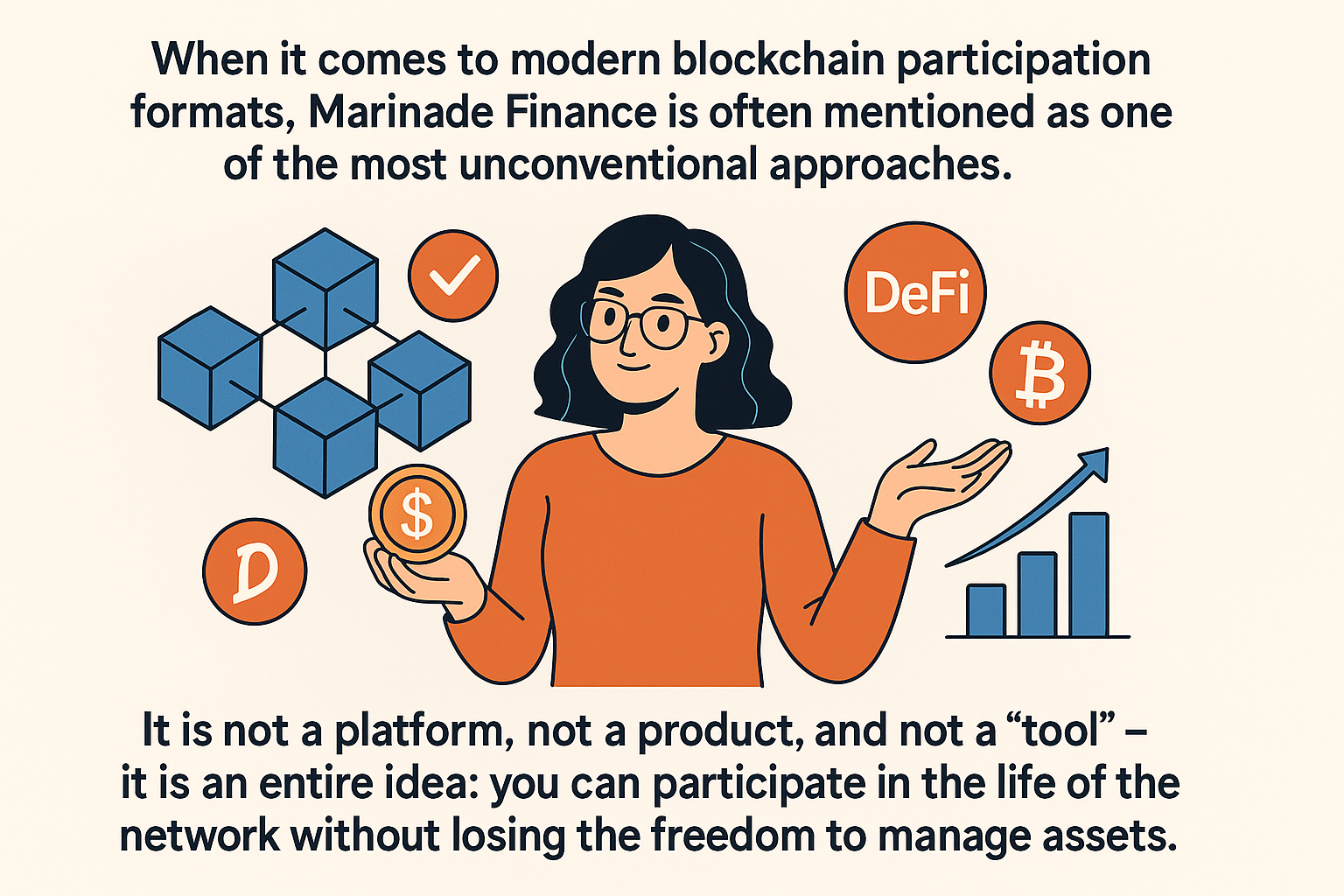Web3, the decentralized internet powered by blockchain technology, offers diverse opportunities for cryptocurrency holders to engage with digital assets. Two common approaches—passive income strategies and active trading—cater to different goals and risk profiles. This article explores whether these approaches can be combined in Web3, examining their mechanics, compatibility, potential benefits, risks, and key considerations to help you navigate the decentralized finance (DeFi) and trading landscape responsibly.
What Is Passive Income in Web3?
Passive income in Web3 refers to strategies where users allocate their cryptocurrency assets to generate rewards with minimal ongoing effort. These methods typically involve locking or delegating assets in blockchain protocols to support network operations, such as transaction validation or liquidity provision. Common passive income strategies include:
- Staking: Locking tokens in a proof-of-stake (PoS) blockchain to secure the network and receive rewards.
- Liquidity Provision: Contributing tokens to decentralized exchange (DEX) liquidity pools to facilitate trading and earn fees.
- Lending: Depositing assets in lending protocols to allow others to borrow, generating interest.
- Yield Farming: Allocating assets across DeFi protocols to maximize reward opportunities, often involving complex strategies.
For example, staking Ethereum in a PoS network might involve delegating ETH to a validator, while providing liquidity to a DEX pool involves pairing tokens like ETH and USDC. These strategies aim to generate rewards over time but require initial setup and occasional monitoring.
What Is Active Trading in Web3?
Active trading in Web3 involves frequently buying and selling cryptocurrency assets to capitalize on market price movements. Unlike passive strategies, active trading requires constant attention, technical analysis, and market awareness. It typically occurs on decentralized exchanges (DEXs) or centralized platforms integrated with Web3 wallets. Common active trading approaches include:
- Spot Trading: Buying and selling tokens at current market prices on DEXs like those on Ethereum or Solana.
- Margin Trading: Borrowing funds to amplify trades, increasing both potential rewards and risks.
- Arbitrage: Exploiting price differences across different platforms or markets to secure a profit.
- NFT Trading: Buying and selling non-fungible tokens (NFTs) based on market trends or project developments.
For instance, a trader might buy a token on a DEX when its price dips and sell it when it rises, or trade NFTs based on project hype. Active trading demands time, skill, and a high tolerance for market volatility.
Note: Active trading is highly speculative and requires significant expertise to navigate effectively.
Can Passive Income and Active Trading Be Combined?
Combining passive income and active trading in Web3 is technically possible, as both approaches leverage cryptocurrency assets within the same ecosystem. By allocating portions of your portfolio to each strategy, you can diversify your engagement with Web3. The compatibility stems from the flexibility of DeFi protocols and the availability of derivative assets, such as proxy tokens, that enable simultaneous participation in passive and active strategies.
For example, a user might stake a portion of their ETH to generate passive rewards while actively trading another portion on a DEX. Alternatively, they could use proxy tokens from liquid staking to provide liquidity (passive) and trade other tokens on a DEX (active). The key is to balance the time, resources, and risks associated with each approach.
- Portfolio Allocation: Dividing assets between passive strategies (e.g., staking, lending) and active trading allows parallel participation.
- Derivative Tokens: Proxy tokens from liquid staking or lending can be used in trading or liquidity pools, blending passive and active elements.
- Time Management: Passive strategies require less daily oversight, freeing time for active trading activities.
However, combining these approaches increases complexity and risk exposure, requiring careful planning and monitoring to avoid unintended consequences.
Potential Benefits of Combining Strategies
Integrating passive income and active trading in Web3 can offer certain advantages, though outcomes depend on market dynamics and user expertise:
- Diversified Engagement: Combining strategies spreads exposure across different activities, potentially balancing market risks.
- Flexible Asset Use: Proxy tokens or liquid assets enable users to participate in passive protocols while retaining tokens for trading.
- Complementary Dynamics: Passive strategies provide steady rewards, while active trading allows users to capitalize on short-term market movements.
- Ecosystem Participation: Engaging in both approaches supports blockchain networks (via staking or liquidity) and market activity (via trading).
For instance, a user might stake Solana for passive rewards, use the resulting proxy tokens in a liquidity pool, and trade other tokens on a DEX to take advantage of price swings. This approach leverages Web3’s interconnected protocols but requires careful risk management.
Note: Benefits are not guaranteed and hinge on market conditions and user diligence.
Risks and Challenges
Combining passive income and active trading amplifies the risks inherent in each approach. Key challenges include:
- Market Volatility: Price fluctuations can impact both passive rewards and trading outcomes, leading to potential losses.
- Smart Contract Risks: Passive strategies often rely on smart contracts, which may have vulnerabilities or be exploited.
- Impermanent Loss: Providing liquidity with passive assets can result in losses if paired assets’ prices diverge significantly.
- Time and Skill Demands: Active trading requires constant market monitoring and technical expertise, which may conflict with managing passive strategies.
- Overexposure: Combining strategies increases exposure to the crypto market, amplifying the impact of adverse events.
For example, a user staking ETH and trading tokens on a DEX might face losses if ETH’s price drops, affecting both staked assets and trading positions. Similarly, liquidity provision could lead to impermanent loss if market conditions shift unexpectedly. Mitigating these risks requires diversification, research, and disciplined management.
Key Considerations for Combining Strategies
Before attempting to combine passive income and active trading, evaluate these factors to align with your goals and capabilities:
- Risk Tolerance: Assess your comfort with market volatility and potential losses, as combining strategies increases exposure.
- Time Availability: Active trading demands significant time for market analysis, while passive strategies require periodic oversight.
- Technical Knowledge: Understand the mechanics of DeFi protocols, smart contracts, and trading strategies to navigate both approaches effectively.
- Portfolio Management: Allocate assets strategically to balance passive and active activities, avoiding overconcentration in one area.
- Security Practices: Use non-custodial wallets and consider hardware wallets to protect assets across multiple protocols.
- Regulatory Awareness: Be mindful of local regulations, as DeFi and trading activities may have tax or legal implications.
For instance, a user with limited time might allocate 70% of their portfolio to staking and lending for passive rewards and 30% to spot trading, ensuring manageable oversight. Starting with small allocations can help test the combination without significant risk.
Note: Your approach should reflect your resources, expertise, and willingness to manage complex systems.
Steps to Explore Combining Strategies
If you’re interested in combining passive income and active trading in Web3, here’s a cautious approach to get started:
- Research Web3 protocols supporting passive income (e.g., staking, lending) and active trading (e.g., DEXs, NFT marketplaces).
- Compare their security features, fees, and compatibility with your assets to identify reliable options.
- Set up a secure, non-custodial wallet compatible with both DeFi and trading platforms.
- Allocate a small portion of your portfolio to a passive strategy, such as staking or liquidity provision, to test its mechanics.
- Simultaneously experiment with active trading using a small amount, focusing on low-risk strategies like spot trading.
- Monitor performance, market conditions, and protocol updates to adjust your approach as needed.
Starting small allows you to learn the dynamics of both strategies without overexposure. For example, staking a small amount of Polkadot and trading a few tokens on a DEX can help you understand their interplay before scaling up.
Why This Combination Matters in Web3
Web3’s decentralized ecosystem offers unparalleled flexibility for cryptocurrency holders to engage with assets in diverse ways. Combining passive income and active trading allows users to support blockchain networks while capitalizing on market opportunities, reflecting the innovative spirit of DeFi. As Web3 evolves, the integration of these strategies is likely to grow, driven by advancements in protocols and derivative assets like proxy tokens.
However, the significance lies in the ability to tailor participation to individual goals, not in assured outcomes. Understanding how to balance passive and active approaches equips users to navigate Web3 with greater awareness, balancing potential opportunities with the inherent uncertainties of the crypto space.
Note: Combining strategies is a personal choice—success depends on informed and cautious engagement.






Leave a Reply